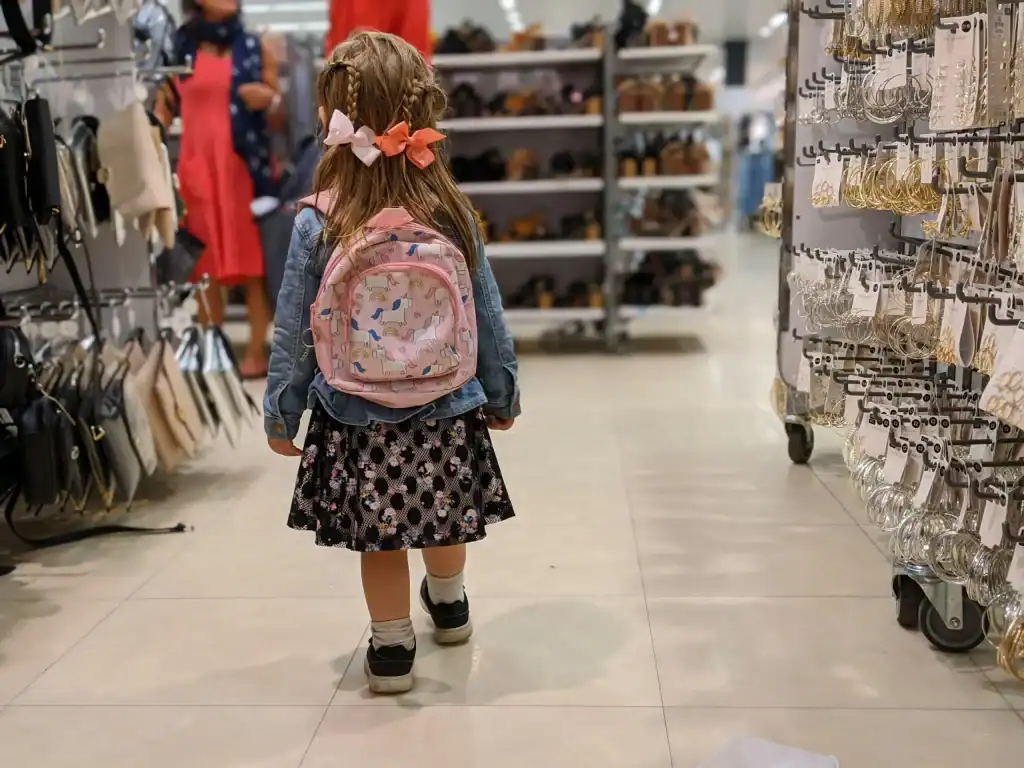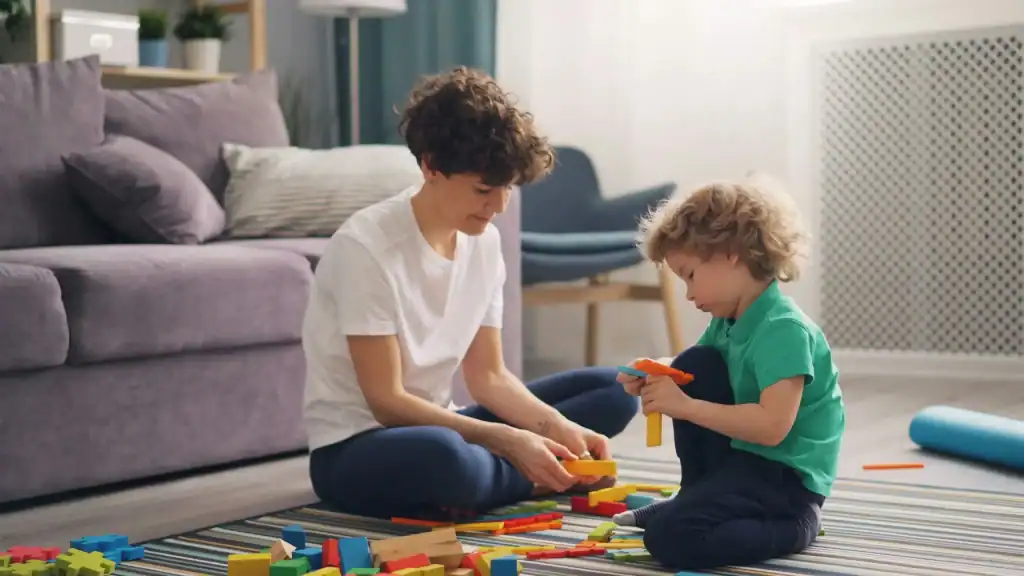As mothers, we instinctively want the best for our children. From their first outfit to their favorite toy, every choice is made with love and meticulous thought. But in this journey of selection, have you ever paused to wonder: Are we truly choosing what’s best for our child, or are we simply following our own desires?
Shopping for children isn’t just about purchasing items; it’s an integral part of their development, shaping their personality and fostering decision-making skills. However, granting absolute freedom without guidance can quickly lead to wasteful spending and unsuitable choices. So, what’s the perfect balance?
When to Empower Your Child’s Choices
Allowing your child to choose their own items is a powerful way to foster independence, boost self-confidence, and encourage the development of their unique personality. When children feel heard and respected, they’re more likely to embrace their choices and take ownership of their belongings.

- Boosts Confidence and Individuality: Children learn to express themselves and trust their own aesthetic preferences and interests.
- Develops Decision-Making Skills: From small choices, they gradually learn to weigh options and take responsibility for their decisions.
- Increases Engagement and Appreciation: Children will cherish and enjoy items they’ve personally selected far more than those imposed by parents.
- Insights into Their World: This process offers a valuable opportunity for parents to observe and better understand their child’s interests, personality, and developmental stage.
However, “freedom” doesn’t equate to “unrestricted access.” Parental guidance is crucial to prevent impulsive, wasteful, or inappropriate selections.
Guiding Your Child Towards Mindful Choices (Without Overspending)
To allow your child to flourish while ensuring their choices are meaningful and not wasteful, consider these practical strategies:

- The “Limited Choices” Method: This is arguably the most effective strategy. Instead of overwhelming your child with endless options, proactively narrow down the selection to 2-3 items that you’ve already pre-approved for quality, safety, and appropriateness. Then, let your child make the final decision from these curated few.
- Establish Clear Budgets and Quantities: From the outset, involve your child in discussions about budgets or the number of items they can choose. This helps them grasp the concepts of value and limits, preventing unreasonable demands.
- Example: “We’re only getting one new toy today,” or “Mommy can buy you this outfit if it’s under X dollars.”
- Explain Pros and Cons (Simply): For larger or more significant purchases, offer simple explanations about the advantages and disadvantages of each option. This helps your child understand the reasoning behind your guidance and subtly teaches them analytical thinking.
- Example: “This doll is pretty, but it might break easily. This Lego set, however, can be played with for a long time and helps your brain grow.”
- Observe and “Read” Your Child’s Preferences: Before a shopping trip, take time to observe what your child genuinely enjoys playing with, what captivates their attention, or what new interests they’re exploring. This proactive approach helps you curate relevant options from the start, making their choices more organic and purposeful.
- Turn Choices into Learning Experiences: When your child picks an item, encourage them to articulate why they like it or how they plan to use it. If they make a less-than-ideal choice (within safe limits), allow them to experience the outcome and learn from it. This fosters critical thinking and self-correction.
Conclusion
The journey of shopping for our children is an art that requires patience and empathy. It’s not a battle of “my way or the highway.” Instead, let it be a dialogue, a lesson in guided freedom, and a foundation for responsibility. By blending your child’s autonomy with your wise direction, you’ll help them grow into confident, creative individuals who value their possessions and make thoughtful decisions, all while minimizing unnecessary waste.
